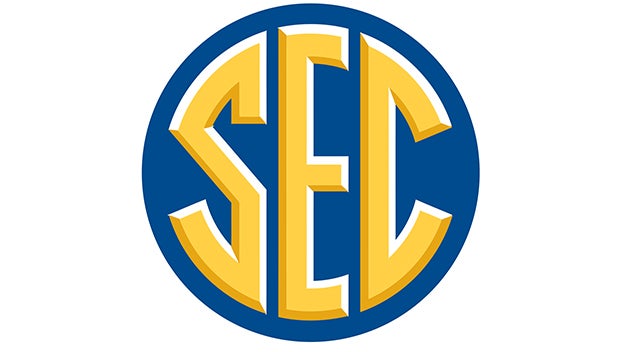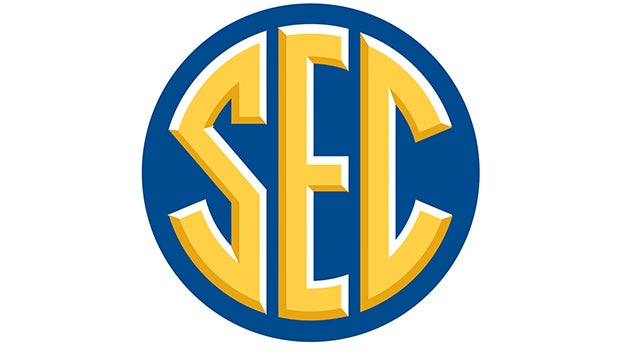Expansion talks resurface after UCLA, USC bolt for Big 10
Published 2:03 pm Tuesday, July 19, 2022
KEITH TAYLOR
Kentucky Today
When UCLA and Southern California announced they would be leaving the PAC 12 and joining the Big Ten, it renewed speculation that other leagues, including the Southeastern Conference, would usher in a new era of “Super Conferences.”
 Since the Bruins and Trojans declared their future intentions, many conferences are settled on their current membership and have no plans of adding new members, at least in the immediate future. The SEC seems content at staying at 14 teams until Oklahoma and Texas officially join in 2025. That doesn’t mean adding teams won’t be an option, it just means now is not the time to do it.
Since the Bruins and Trojans declared their future intentions, many conferences are settled on their current membership and have no plans of adding new members, at least in the immediate future. The SEC seems content at staying at 14 teams until Oklahoma and Texas officially join in 2025. That doesn’t mean adding teams won’t be an option, it just means now is not the time to do it.
The Sooners and Longhorns fit the SEC’s envisioned landscape, while many are puzzled by UCLA and USC leaving the West Coast to joining a league that is mostly comprised of teams more closely confined in the Midwest and Eastern parts of the United States. It will take some getting used to when it comes to UCLA and USC not being members of a conference on the West Coast.
At stake are traditional rivalries, such as the Oklahoma and Oklahoma State. Cowboys coach Mike Gundy thinks “Bedlam” will be history once Oklahoma becomes a full-fledged member of the SEC. The Kentucky-Louisville series could also be in jeopardy, depending on a conference schedule the league plans to adopt with 16 teams instead of 14. Talk of 20 or more teams have been mentioned as part of future so-called Super Conferences.
“The future in Bedlam is a year or two left,” Gundy said this week. “That’s the future of Bedlam, based on somebody else’s decision.”
In reality, the SEC doesn’t need to expand to survive, given the league’s strong financial standing. Teams such as Oklahoma and Texas need the SEC to maintain a competitive edge to improve their monetary standing. Gundy said the Big 12 is in a better position financially than it was a year ago.
“This is a power struggle for long-term television money,” Gundy said.
The addition of Missouri and Texas A&M in 2012 expanded the league geographical landscape, giving the SEC a presence in the Midwest and in Texas and enhanced its national profile, especially in football.
Since the league was formed in 1932, the SEC has remained consistent with its core membership, which includes charter members Kentucky, Florida, Georgia, Tennessee, Vanderbilt, Alabama, Auburn, LSU, Ole Miss and Mississippi State. Since then, four teams — Arkansas and South Carolina in 1991 — and Missouri and Texas A&M in 2012 — have been invited to join the conference.
To its credit, the SEC has carefully crafted its membership and has maintained financial security, two keys to survival. For now, the league needs to remain content but also be aware of future trends because of its Super Conference status.







